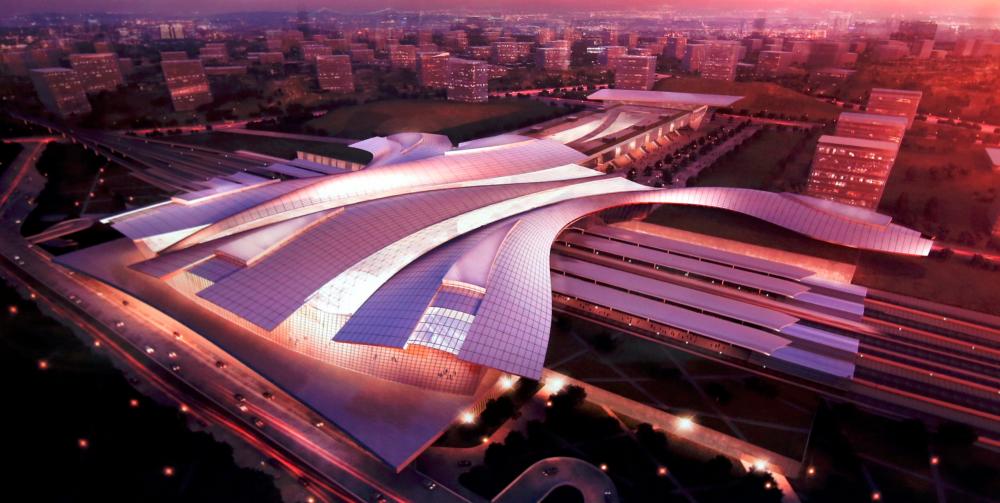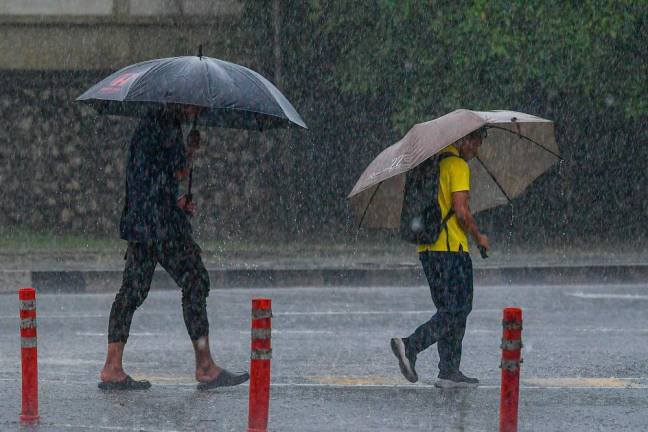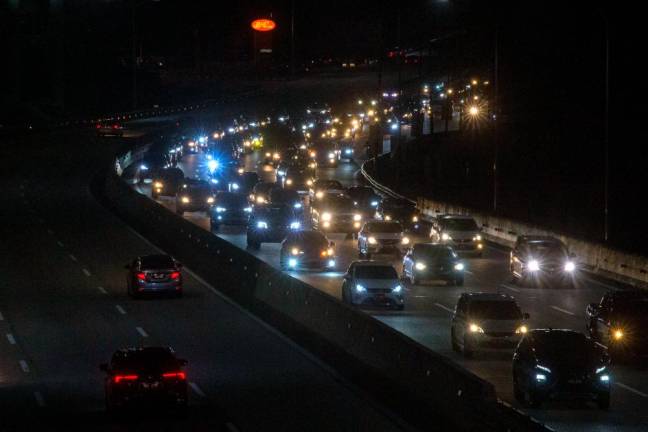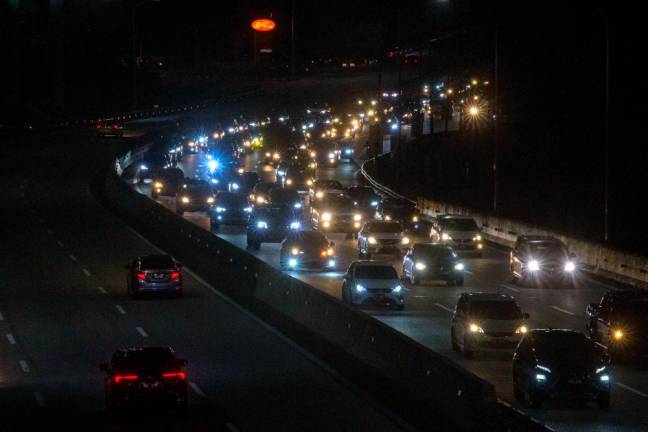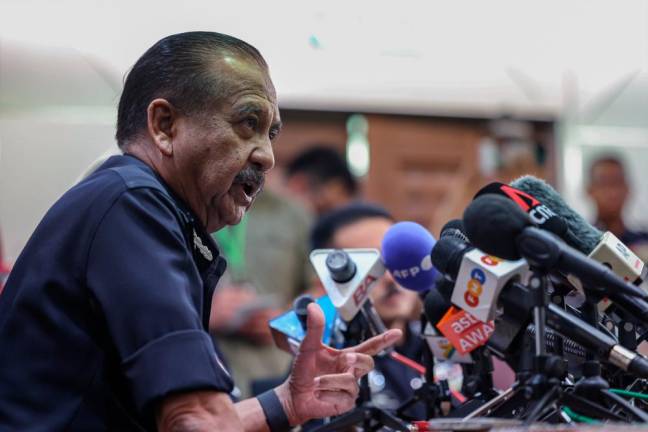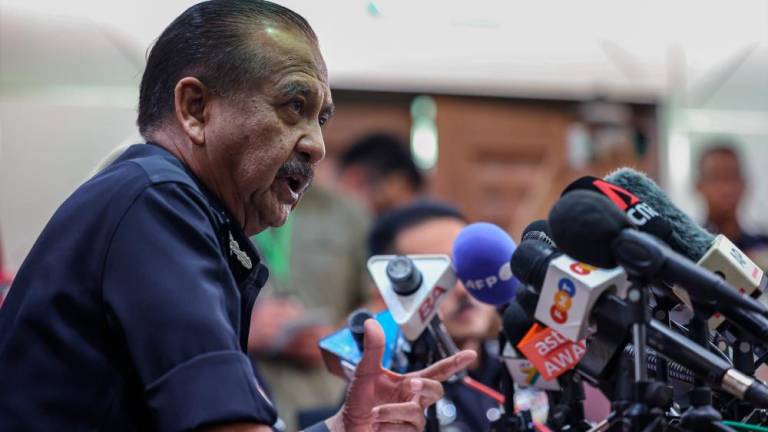PETALING JAYA: As the Kuala Lumpur-Johor High Speed Rail (HSR) project takes another step closer to realisation, more warnings of the high costs the country will incur have emerged.
Concerns have also been raised about its impact on ongoing transport projects as well as infrastructure that have already been completed and in use.
For a start, an economist warned the HSR would cannibalise and erode the ongoing double-tracking project.
Sunway University economics professor Dr Yeah Kim Leng said the government must first review the economic viability of the HSR.
“We have an excellent road system and the double-tracking project is already under way. Given this scenario, the HSR does not seem to bring anything new to the table,” he told theSun.
The government has just announced that a study on the viability of the HSR project has been completed and is awaiting submission to the Cabinet.
Yeah said the original plan of connecting Kuala Lumpur and Singapore made sense.
“It would have provided seamless connectivity between two major population centres.”
He said it would be a boon for business travellers and international tourists and it could even encourage companies to relocate their headquarters from Singapore, where it is more expensive to operate, to hubs in Malaysia.
“However, the break in connectivity with Singapore now makes it less attractive,” he added.
The HSR project was originally supposed to end in Singapore, but the island republic pulled out over disagreement on several issues.
Another concern Yeah has is the cost to the economy. He noted that the government will have to raise its debt level if it goes ahead with the HSR project.
“Our national debt has already exceeded the one trillion ringgit level. Do we really need to add the extra burden of the HSR debt?”
He pointed out that the government would have to underwrite the debt, directly or indirectly.
“The high cost of the HSR project makes it unfeasible.”
Former prime minister Datuk Seri Najib Abdul Razak had stated that the cost of the project would be RM63 billion to RM65 billion if it ended in Iskandar Puteri, Johor.
This is not very different from the estimated cost of RM60 billion to RM68 billion for the original plan that would have included Singapore.
Yeah also pointed out that the government is already subsidising the operational costs of several transport infrastructure such as the light rail system, mass rapid transit, KLIA Express and the railway system operated by Keretapi Tanah Melayu Bhd.
“The HSR will only add to the government’s debt obligation in the long run.”
He said it may be beyond the capacity of the government to service the debt, making the nation more vulnerable in a debt crisis.
“Every public transport infrastructure comes at a high cost and (if it is allowed to proceed), the government will end up subsiding the costs in perpetuity,” he added.
Universiti Tun Abdul Razak economist Dr Barjoyai Bardai said the HSR project may be viable in the long term but for now, the nation just cannot afford it.
However, he said the government could make it a private finance initiative project.
“Rather than bankroll the project, the government could invite those in the private sector to build and then operate the HSR.”
Barjoyai pointed out that the private sector would be more in tune with the economic climate and therefore be in a better position to decide how to make it profitable.
“For instance, it could raise the fares,” he said, adding that the government could then introduce initiatives to help the less well-off who need to travel on the HSR.
Barjoyai further proposed that the HSR be extended all the way to Bangkok and made a part of China’s Belt and Road Initiative.
“That would be more beneficial for the national economy,” he added.



